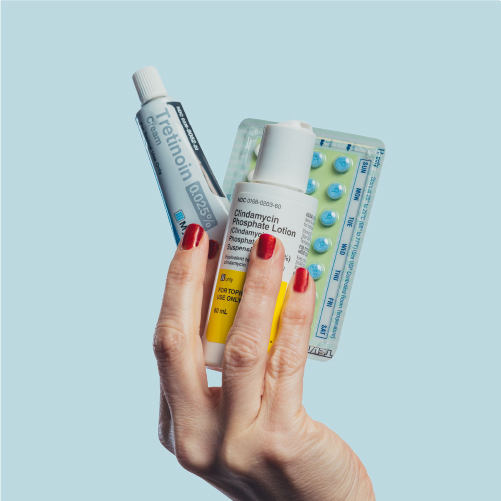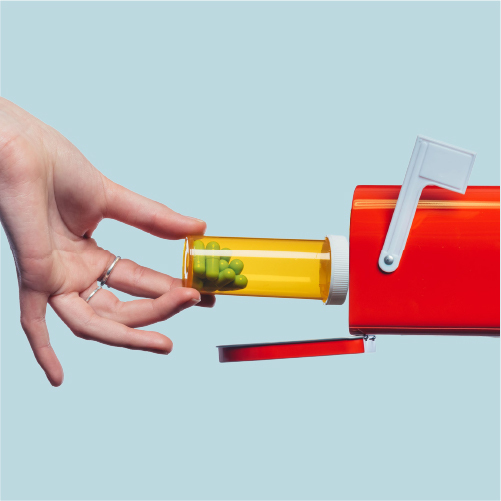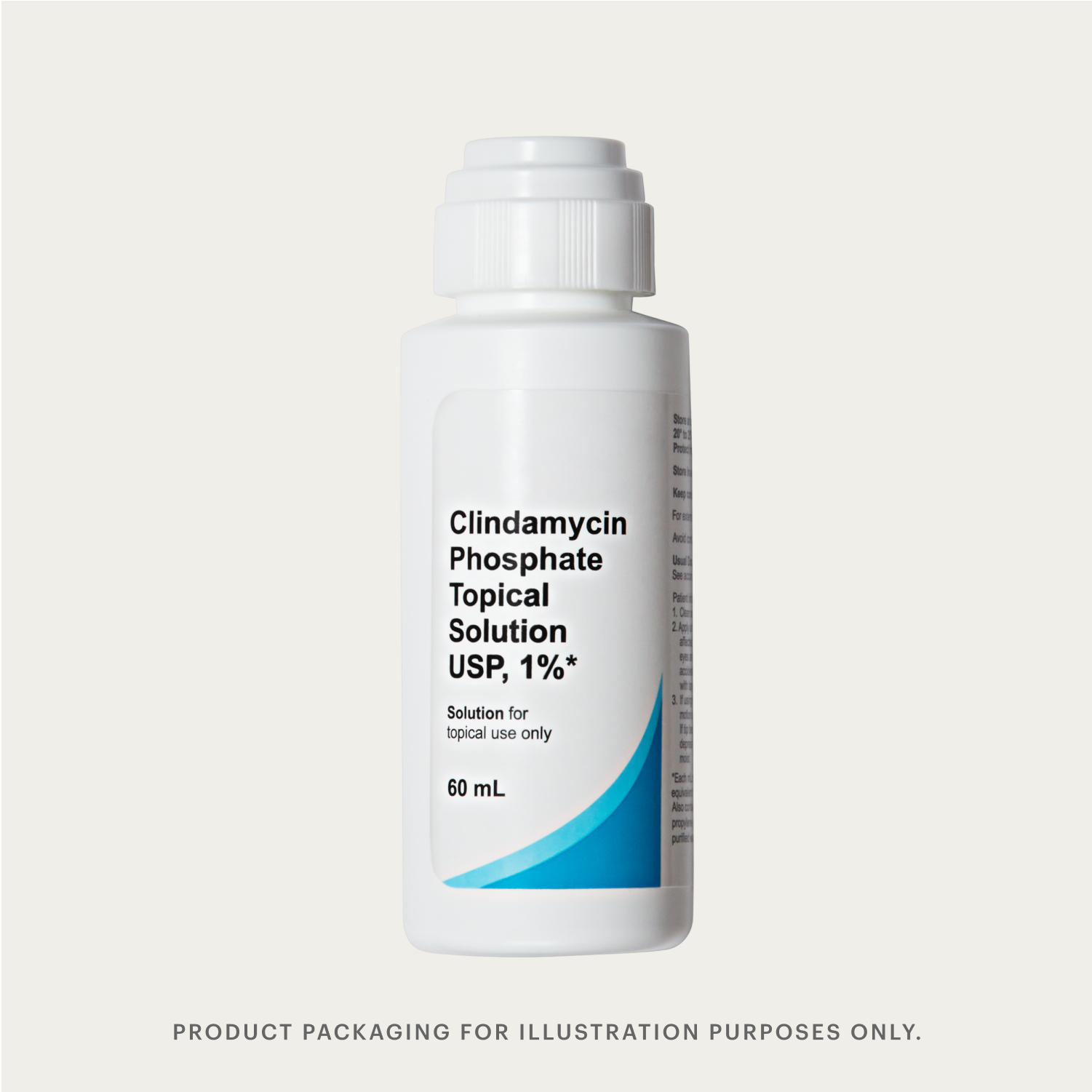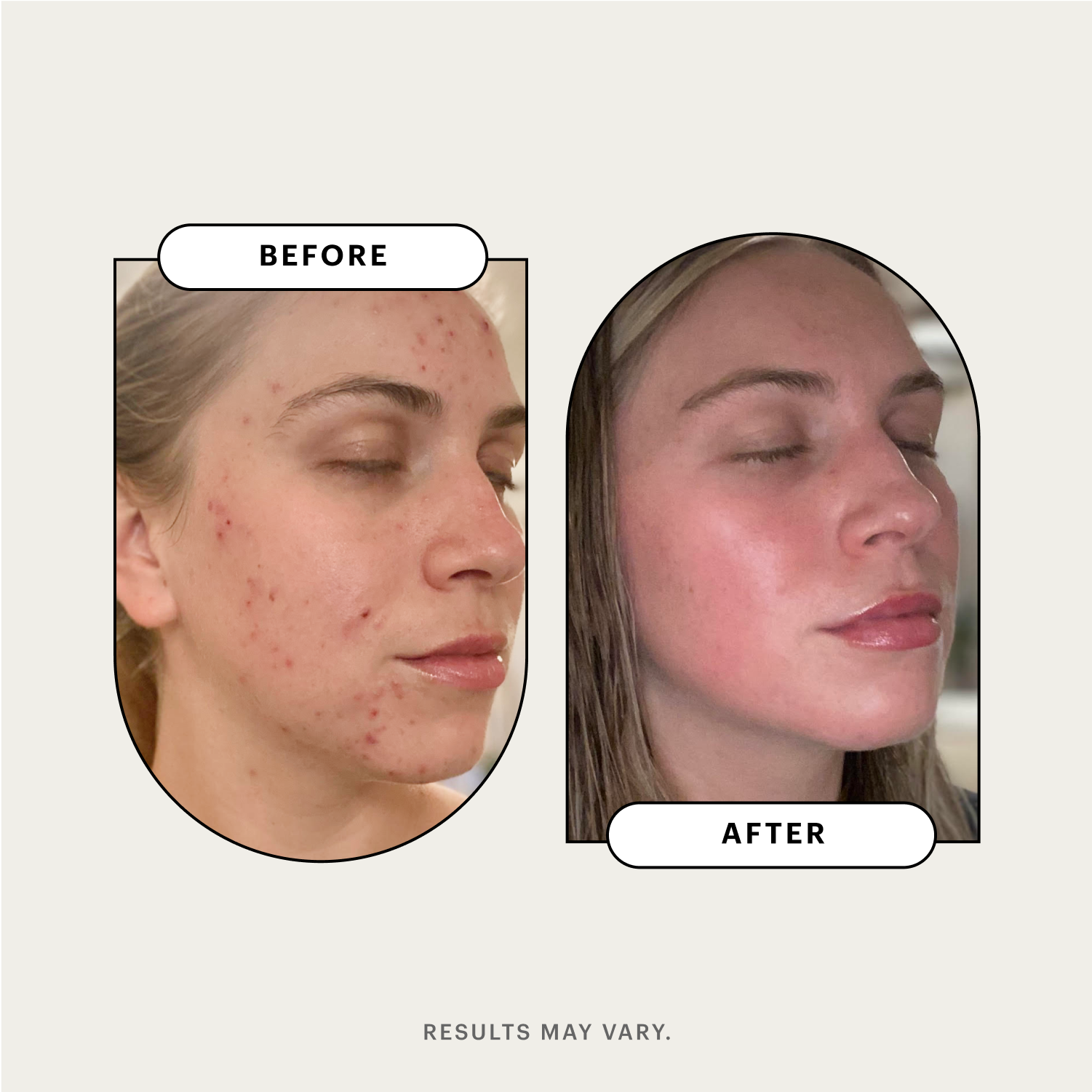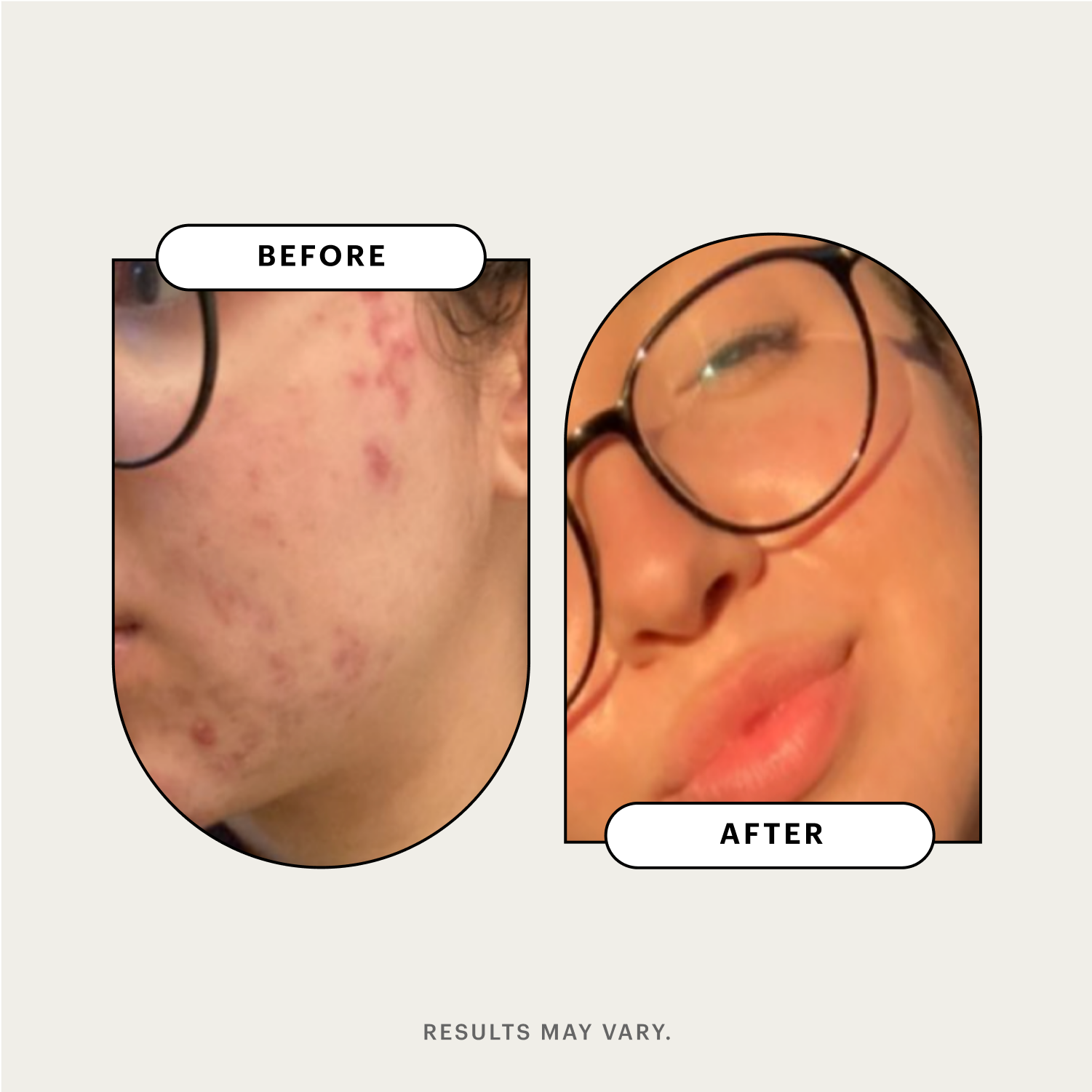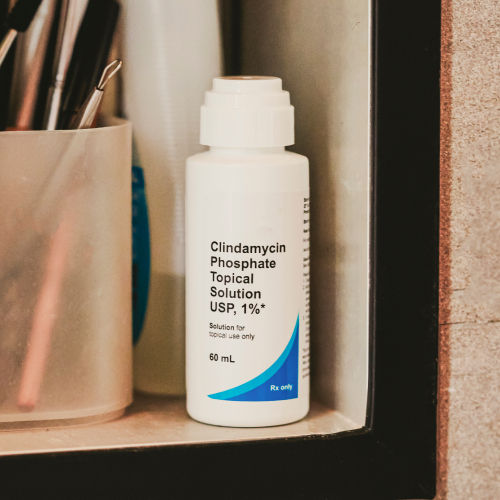Clindamycin Phosphate Solution 1.0% (Cleocin) Acne Treatment
If you prefer this specific medication, let your provider know the medication name and strength in the preference section of the health assessment.
Why Nurx?
-
 Free, fast shipping with automatic refills for items fulfilled by our pharmacy. Easily pause or cancel anytime.
Free, fast shipping with automatic refills for items fulfilled by our pharmacy. Easily pause or cancel anytime. -
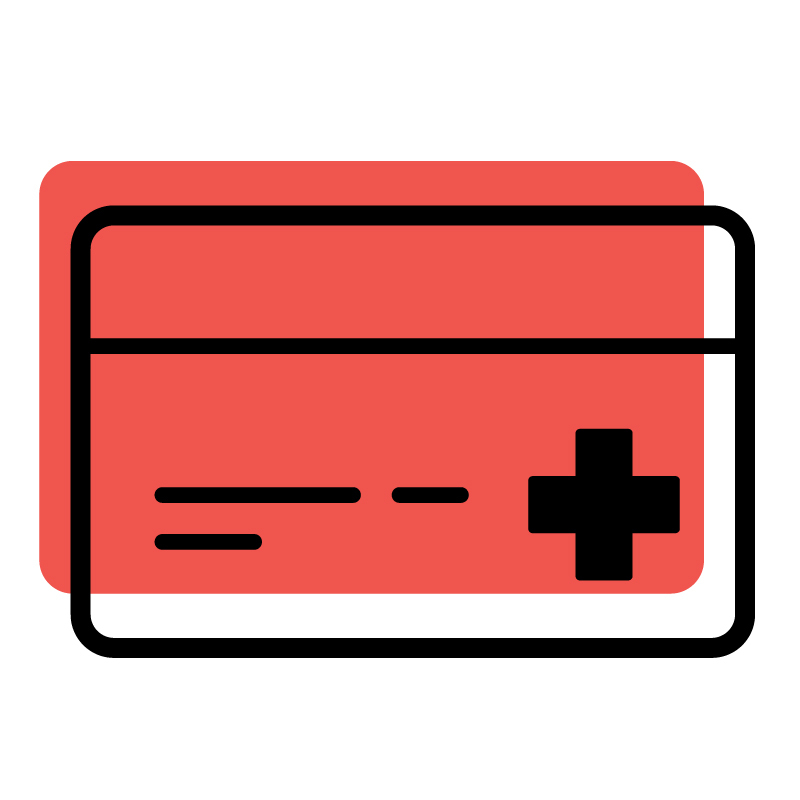 Clinically-recommended medications & affordable out-of-pocket prices.
Clinically-recommended medications & affordable out-of-pocket prices. -
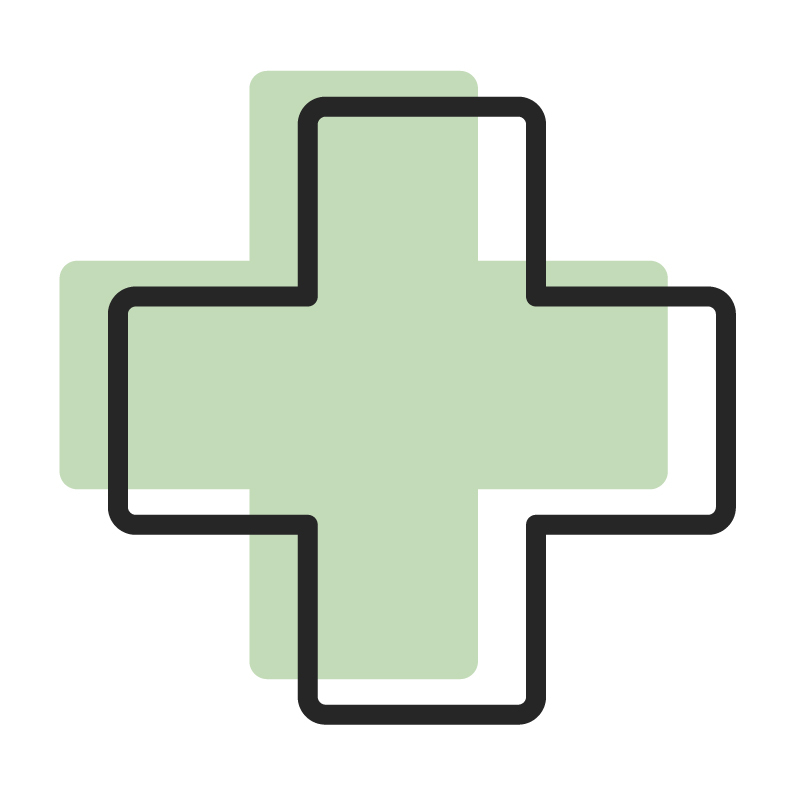 Unlimited messaging for one year with licensed providers.
Unlimited messaging for one year with licensed providers.
Product details
Say hello to clear, unblemished skin with Clindamycin Phosphate Solution. This antibiotic works by stopping the growth of bacteria that leads to acne.
Get Clindamycin Phosphate Solution 1.0% prescribed online and delivered for $0 to you by Nurx, so you can skip the trips to your in-person dermatologist and pharmacist.
Medication type:
Topical
Recommended for:
✓ Treating acne
✓ Reducing inflammation
✓ Reducing growth of bacteria
| Price with Insurance | Price without Insurance |
| As low as $0 per month for the medication* | As low as $20 per month for the medication |
Get started with your virtual consultation for $40, which includes 1 year of unlimited medical care with your own provider team.
*Please check your insurance coverage; the final medication price may vary based on your insurance, so this estimated pricing is not guaranteed.
See why 1,000,000+ patients have trusted Nurx for medical care online:
| Nurx | Other Brands |
| ✓ Affordable ✓ Insurance accepted ✓ No subscription needed ✓ Unlimited, ongoing medical care from an app ✓ $0 shipping — always |
Expensive Insurance not accepted Subscription required Medical care limited by number of credits $5 to $20 shipping fees |
Also known as:
Cleocin®, Evoclin®, Cleocin T®
For our refund and return policy, please see our terms of use.
Additional Details
FAQ


How It Works

